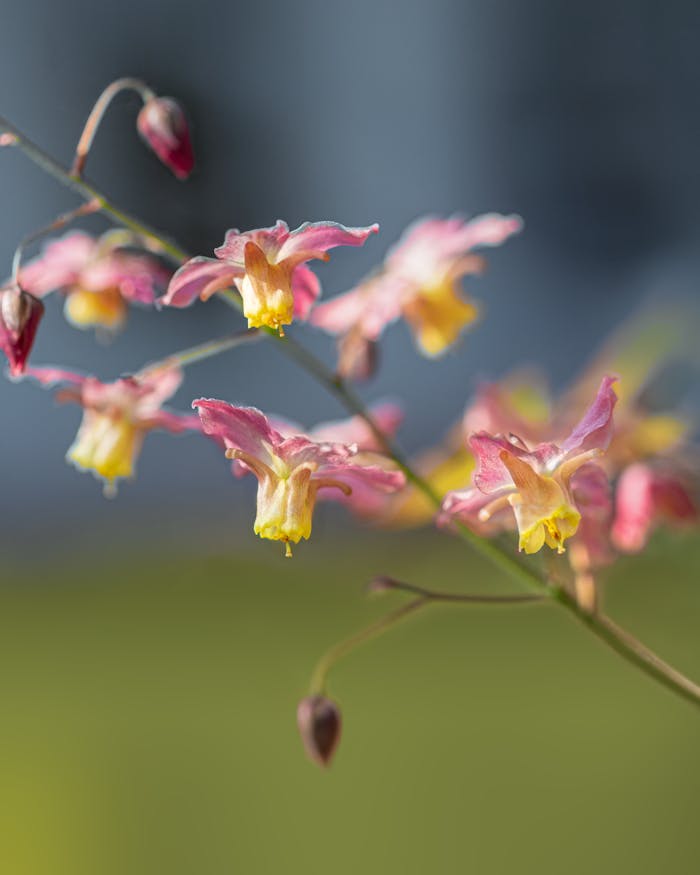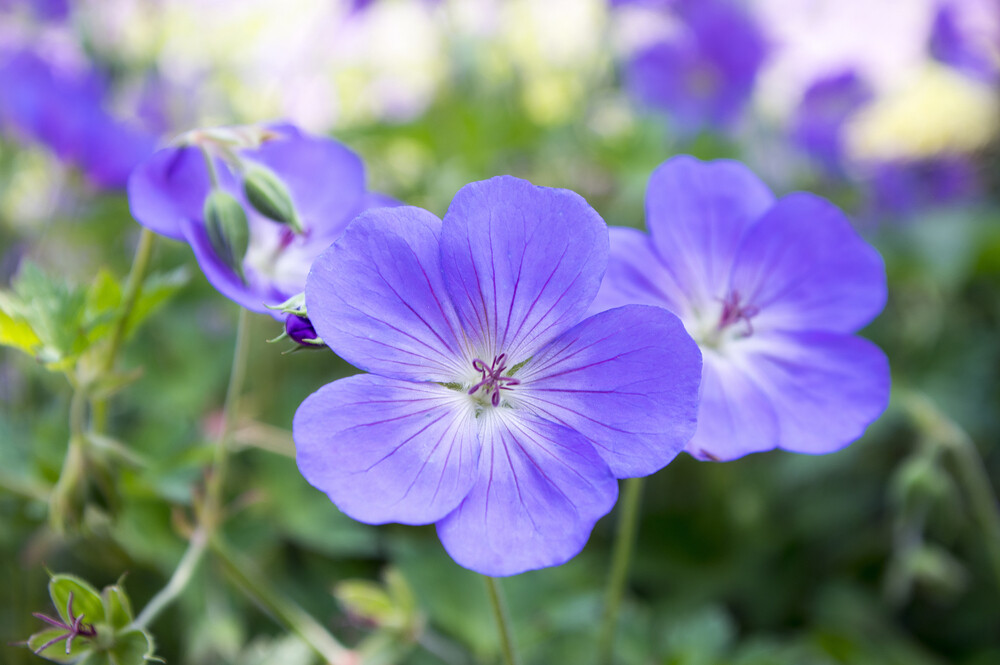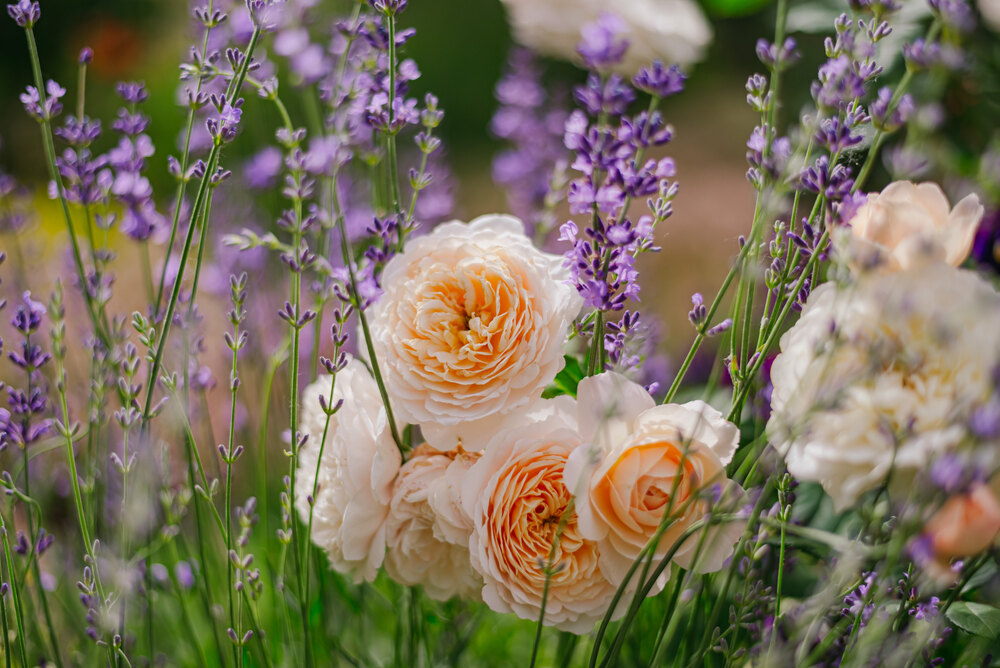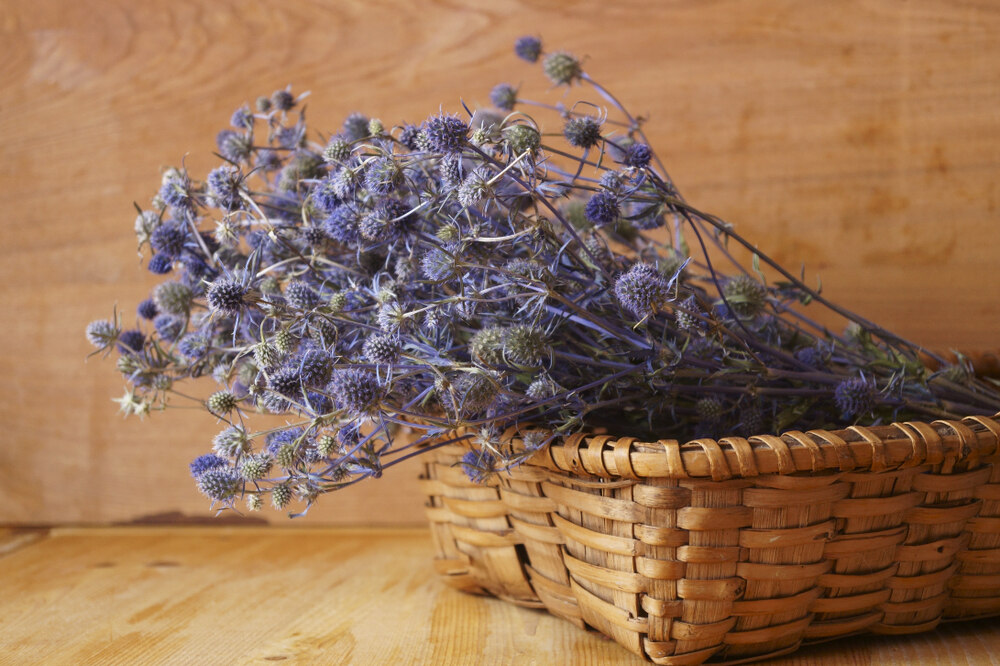In the world of gardening, we often hear about the same well-loved perennials—roses, lavender, hydrangeas—the classics. But what if I told you there’s an unusual perennial that can transform your small UK garden into an enchanting woodland escape? Meet Epimedium, also known as barrenwort or bishop’s hat. This shade-loving, hardy perennial is the hidden gem your garden has been waiting for.
Epimediums offer a unique blend of delicate, heart-shaped foliage and fairy-like flowers in shades of pink, yellow, orange, and white. They’re perfect for small gardens because they’re compact, easy to maintain, and can thrive in those shady spots where other plants struggle. Plus, their interesting foliage brings colour and texture all year round.
In this guide, we’ll dive into everything you need to know about Epimedium—from choosing the right variety to caring for your plants throughout the year. If you’re ready to give your small garden a magical touch, read on to discover why Epimedium might just become your new favourite perennial.
Why Choose Epimedium for Your Small Garden?
1. Unique Aesthetic Appeal
Epimediums are unlike any other perennial you’ll find in the UK garden scene. Their foliage starts out fresh and green in the spring but develops beautiful bronze, red, and yellow hues as the season progresses. The flowers, while dainty, are a standout feature. These tiny, star-shaped blooms appear in spring and dance above the foliage on delicate stems, giving your garden a whimsical, almost fairytale-like quality.
2. Perfect for Shady Spots
One of the challenges of gardening in the UK is finding plants that thrive in shady areas. Epimediums, often referred to as “the shade gardener’s friend,” are ideal for those awkward, darker corners of your garden. Whether planted under trees, along shady borders, or in north-facing areas, Epimedium will happily settle in and flourish.
3. Hardy and Resilient
Despite their delicate appearance, Epimediums are surprisingly tough. Most varieties are hardy to -15°C, making them perfect for the unpredictable UK weather. They’re also drought-tolerant once established, so they can handle the occasional dry spell without wilting away.
4. Compact and Manageable
Epimediums typically grow to a height of 30-45cm (12-18 inches) and spread to around 60cm (24 inches), making them perfect for small gardens. Their compact nature means they won’t crowd out other plants, but they can still fill a space with texture and colour.
5. Low Maintenance
Epimedium is a great choice for gardeners who want beauty without the hassle. They’re naturally pest-resistant, and once established, they require very little care beyond the occasional trim. This makes them ideal for those who want a lush garden without spending every weekend on maintenance.
Choosing the Right Epimedium Variety for Your Garden
Epimediums come in a range of varieties, each offering slightly different flower colours and foliage textures. Here are some of the top Epimedium varieties that will work great in small UK gardens:
1. Epimedium x perralchicum ‘Frohnleiten’
This variety is one of the most popular and widely grown Epimediums in the UK. Its heart-shaped leaves emerge bronze in spring before turning green, and it produces bright yellow flowers that hover above the foliage on wiry stems. It’s excellent for ground cover and is particularly shade-tolerant.
- Height: 30-45cm
- Flower Colour: Yellow
- Bloom Time: Late spring
2. Epimedium grandiflorum ‘Lilafee’
‘Lilafee’, also known as the Elf Queen, boasts stunning purple flowers and delicate, light green foliage. It’s a standout variety for gardeners looking to add a touch of elegance to a shady border.
- Height: 20-30cm
- Flower Colour: Purple
- Bloom Time: Mid to late spring
3. Epimedium rubrum
For a splash of red, consider Epimedium rubrum. This variety features reddish-pink flowers and reddish-tinged foliage that turns green as the season progresses. It’s a great choice for adding a pop of colour to your woodland or shade garden.
- Height: 25-30cm
- Flower Colour: Red
- Bloom Time: Spring
4. Epimedium x youngianum ‘Niveum’
If you prefer white flowers, ‘Niveum’ is the perfect choice. This compact variety produces delicate white blooms that look almost like little snowflakes floating above the foliage. It’s perfect for smaller spaces or as an accent plant.
- Height: 15-20cm
- Flower Colour: White
- Bloom Time: Mid to late spring
5. Epimedium wushanense ‘Sandy Claws’
For something truly unusual, ‘Sandy Claws’ offers striking, spiny foliage that turns from deep green to bronze. Its small, pale-yellow flowers are subtle but charming, and the foliage provides year-round interest.
- Height: 30-40cm
- Flower Colour: Pale yellow
- Bloom Time: Spring
Tip: If you’re unsure which variety to choose, why not mix and match? Epimediums look stunning when planted in groups, and different varieties can add a layered, textured effect to your garden.
How to Plant Epimedium in Your Small Garden
Epimediums are relatively easy to plant and establish in a garden, but there are a few steps you’ll want to follow to ensure they thrive.
1. Pick the Right Spot
Epimediums prefer partial to full shade, making them ideal for those tricky spots under trees or along shaded borders. However, they can tolerate some morning sun as long as they’re not in direct sunlight for extended periods, which can scorch their delicate leaves.
2. Prepare the Soil
Epimediums love well-drained soil that’s rich in organic matter. Before planting, mix in some compost or well-rotted manure to improve the soil’s texture and nutrient content. While they’re tolerant of a range of soil types, they prefer slightly acidic to neutral soil (pH 5.5-7.0).
Tip: If you’re planting under trees, be aware that tree roots can compete with your Epimediums for nutrients. Adding compost to the soil will help give your Epimediums the boost they need.
3. Planting Epimediums
Plant your Epimediums at the same depth they were in their pots, spacing them about 30-40cm apart. They may take a year or two to establish fully, but once they do, they’ll spread gradually to form a beautiful ground cover.
After planting, water the plants well to help them settle in. While Epimediums are drought-tolerant once established, they appreciate regular watering in their first season.
Caring for Your Epimediums: Year-Round Maintenance Tips
Once your Epimediums are established, they’re relatively low-maintenance, but there are a few things you can do to keep them looking their best.
1. Watering
Epimediums don’t need a lot of water once they’re established, but they will benefit from regular watering during prolonged dry periods, especially in the first couple of years. Water at the base of the plant to avoid wetting the leaves, which can encourage fungal diseases.
2. Feeding
In spring, give your Epimediums a boost by applying a slow-release fertiliser or a layer of organic mulch, such as compost or well-rotted manure. This will help improve soil fertility and keep your plants looking lush.
3. Mulching
Mulching around your Epimediums is a great way to retain soil moisture and suppress weeds. Apply a layer of mulch in spring after the ground has warmed up, making sure to leave a gap around the base of the plant to prevent rot.
4. Pruning and Deadheading
Epimediums don’t require much pruning, but you can remove old or damaged leaves in early spring before new growth begins. If you’d like to tidy up the plant, cut back the foliage to ground level in late winter or early spring. This will allow the new growth and flowers to emerge more easily.
Deadheading spent flowers is not necessary but can be done if you prefer a tidier look. However, many gardeners enjoy the seed heads that follow the blooms, as they can add texture to the garden.
5. Pest and Disease Control
One of the best things about Epimediums is their resistance to pests and diseases. Slugs and snails may occasionally nibble on young shoots, but for the most part, Epimediums are left alone by garden pests.
If you notice any signs of powdery mildew or leaf spot (rare but possible in damp, overcrowded conditions), improve air circulation by thinning out surrounding plants and avoid overhead watering.
Creative Ways to Use Epimedium in Your Small Garden
Epimediums are incredibly versatile and can be used in a variety of creative ways to add interest to your small garden.
1. Ground Cover
One of the most common uses for Epimedium is as a ground cover in shady areas. Plant them in groups to create a carpet of foliage and flowers that will suppress weeds and add year-round interest to your garden.
2. Underplanting for Trees and Shrubs
Epimediums are perfect for underplanting beneath trees and shrubs, where they can fill in bare areas and add texture. They’re particularly effective when paired with taller shade plants like ferns, hostas, or hellebores.
3. Container Planting
If you’re short on garden space or want to add Epimedium to a patio or balcony, they can also be grown in containers. Choose a pot that’s at least 30cm wide and deep, and make sure it has good drainage. Combine different varieties in one container for a striking effect.
Tip: Epimediums in containers will need more regular watering and feeding than those planted in the ground.
4. Woodland or Cottage Gardens
With their delicate flowers and soft, leafy texture, Epimediums are a natural fit for woodland or cottage gardens. Pair them with other shade-loving perennials like primroses, lungwort, or Japanese anemones for a lush, layered look.
Propagating Epimedium: Grow Even More for Free!
One of the great things about Epimedium is that it’s easy to propagate, so you can fill your garden with even more of these charming plants without spending a penny.
Division
The easiest way to propagate Epimedium is by division. In early spring or autumn, carefully dig up a clump of Epimedium, making sure to get as much of the root system as possible. Use a sharp knife or spade to divide the clump into smaller sections, each with at least one or two shoots and a good amount of roots. Replant the divisions immediately, spacing them about 30-40cm apart.
Seed Propagation
If you’re feeling adventurous, you can also propagate Epimedium from seed. Collect the seeds in late summer after the flowers have faded, and sow them immediately in a seed tray filled with a well-draining potting mix. Keep the tray in a cool, shaded area, and be patient—Epimedium seeds can take several months to germinate.
Bring a Touch of Magic to Your Garden with Epimedium
Epimedium may not be as well-known as other perennials, but once you add this unique plant to your garden, you’ll wonder how you ever lived without it. With its delicate flowers, stunning foliage, and hardy, low-maintenance nature, Epimedium is the perfect choice for UK gardeners looking to add a touch of magic to their small gardens.
Whether you’re planting them as ground cover, under trees, or in containers, Epimediums will reward you with year-round beauty and charm. So why not give this unusual perennial a try? Your garden—and your senses—will thank you!
Let us know: Have you grown Epimedium in your garden? Share your tips, experiences, and favourite varieties in the comments below. Let’s inspire each other to create more magical gardens!








